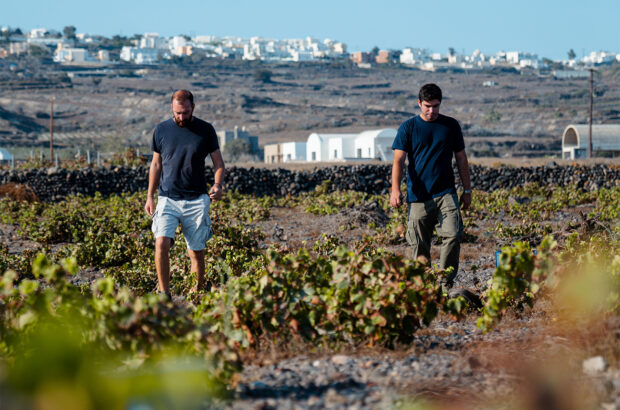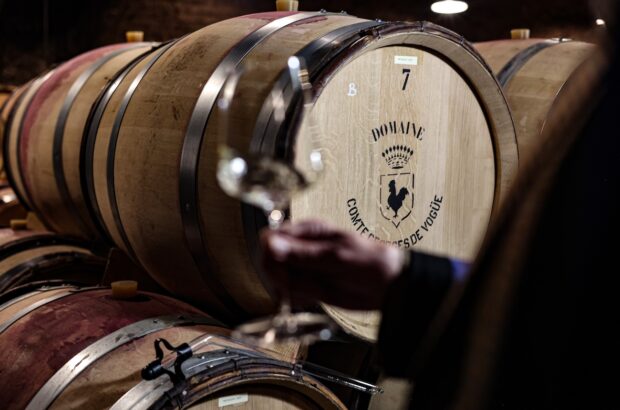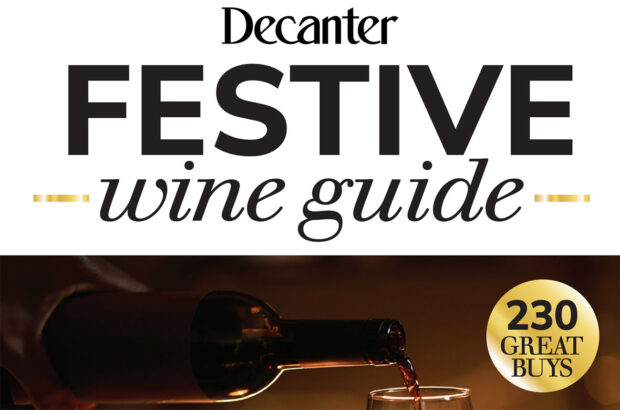Is there a more divisive word in the restaurant world than ‘corkage’? Few topics draw a sharper line between diners and restaurants. The conversation is often framed as us versus them: restaurants feel shortchanged when guests bring their own bottles; consumers believe they offer low-overhead revenue for minimal service.
But it is worth asking why collectors bring bottles at all. Often it is about taste – mature vintages from a home cellar, bottles with personal meaning, or wines that simply cannot be found on a restaurant list. Stocking a cellar like that is costly, and understandably beyond the scope of many programmes.
Some years ago, I sourced a pristine bottle of 1951 Domaine de la Romanée-Conti La Tâche. I brought it to a favourite local restaurant to share with friends. The energy of the room, the conversation, the food – those are things that elevate a wine in a way that cannot be replicated at home. I am happy to pay for that setting, as are many collectors.
Corkage is not about cutting corners. It is about context.
After years of dining out with my own bottles in Los Angeles – home to many corkage-friendly restaurants – I have developed five guiding principles that have helped ensure I am welcomed back.
Bring something thoughtful and unique
Avoid bringing a bottle that the restaurant already offers. Grabbing a current-release or mass-market wine from a local shop is the quickest way to wear out your welcome. Corkage should allow you to enjoy something the restaurant cannot provide. Age, rarity or sentiment are fair reasons. Saving money is not.
Early in my wine journey, a guest at our table showed up with a BevMo bag and pulled out a bottle he had just purchased – something widely available and already on the list. No one said anything, but the moment felt off. It taught me early on that corkage involves an unspoken etiquette.
Everyone makes the occasional mistake. Some lists are unexpectedly deep or unavailable in advance. But if you are bringing something with intention – something unlikely to be replicated – you are doing it right.
Do not linger
Collectors tend to take their time – and I am no exception. But while we may order more food than the average table, it is not always enough to justify taking up a table all night. One of the most common complaints about corkage guests is that they overstay.
Consider booking the first or last seating if you expect a more extended dinner. It gives the restaurant more flexibility, without cutting into your time.
Be mindful of the restaurant’s resources
Corkage does not entitle you to stemware flights, endless decanters or dedicated sommelier service. Unless it disrupts other guests, pour your own wine. If a sommelier chooses to engage, that is a kind gesture – not a given.
At one recent dinner, we knew we needed more glassware than the restaurant could comfortably provide. We rented stems from a local vendor and cleared it with the team in advance. The result was seamless for everyone involved.
Ultimately, enjoy your wine – but not at the expense of the service around you.
Take care of the staff
Bringing your own wine almost always requires more effort from the team. Tip accordingly. If a sommelier is helping, consider ordering something off the list – or do both. If that feels unreasonable, perhaps you should enjoy your wine at home.
Most importantly, do not expect the fee to be waived. I have heard collectors argue that generosity or bottle quality should reduce the charge. But corkage is a policy, not a reward. If it is waived, consider it a gesture – not an entitlement.
Share, but do not push
Offering a pour to the staff is a kind and often appreciated gesture, but it is not a substitute for a tip. And if they decline, respect that. They may not be interested in the Domaine de Chevalier you brought, or simply be following restaurant policy.
When offered with tact, sharing can create a moment of real connection. But it should always be an offer, never an obligation.
These rules are not guarantees for a hassle-free experience. Some restaurants may never allow corkage, no matter how respectful the guest. But in my experience, the dynamic changes when collectors approach corkage with care and humility. Conversations open up. You are invited back – not just as a diner, but as someone who understands what brought us to the table in the first place.







